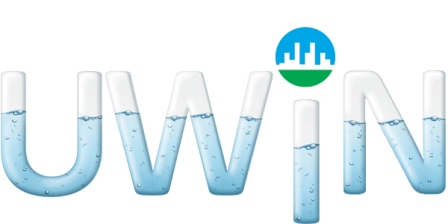Microclimate Impacts of Evaporative Misters
Authors
- Hondula DM – Arizona State University
- Middel A – Arizona State University
- Vanos JK – Arizona State University
- Wright MK – Arizona State University
- Kaiser A – Arizona State University
Purpose
Evaluate the microclimate impacts of evaporative misters during summer conditions in a desert city.
Description
Microclimate impacts of evaporative misters were evaluated using Kestrel Heat Stress sensors at a variety of urban commercial locations in the summer months. At each observational site, two Kestrels recorded data simultaneously, with one sensor near operating evaporative misters and another outside of the area of mister influence. Separate measurements were made under sun and shade conditions, where possible. Each measurement period is ten minutes in duration; recorded variables include air temperature, wind speed, atmospheric humidity, heat index, globe temperature, and Wet Bulb Globe Temperature. Derived variables include mean radiant temperature and Physiological Equivalent Temperature..
Hondula, D. M., Middel, A., Vanos, J. K., Herdt, L., & Kaiser, A. (2017). Urban Water Infrastructure for Cooling: Case Studies from Humid and Arid Cities. Regions Magazine, 306(1), 20-23.
J.K., Wright, M.K., Kaiser, A. et al. Evaporative misters for urban cooling and comfort: effectiveness and motivations for use. Int J Biometeorol (2020). https://doi.org/10.1007/s00484-020-02056-y
Attributes
10-second observations of air temperature, wind speed, dew point, globe temperature, and globe temperature. Each location and sun/shade treatment was sampled for ten minutes in the mid-afternoon.

